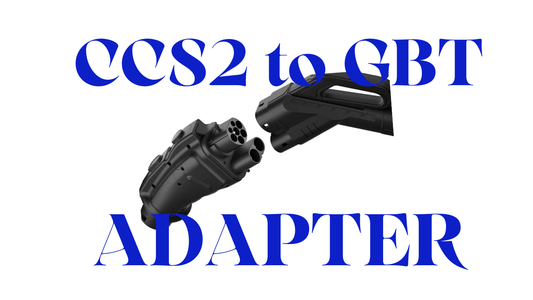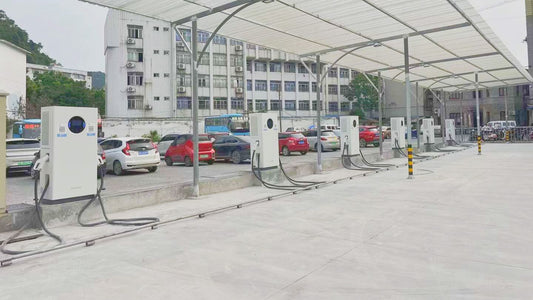If you're planning to purchase an EV charger for your electric vehicle, you will encounter two options: NEMA-14-50 type and NEMA-6-50 type.
What does NEMA-6-50 and NEMA-14-50 mean?
In the US, EV chargers come with either a NEMA-14-50 plug or a NEMA-6-50 plug. You choose the EV charger first, and then install the matchable NEMA outlet.
How to choose the right NEMA outlet for EV charger?
When choosing a NEMA (National Electrical Manufacturers Association) plug for an electric vehicle (EV) charger, there are a few key factors to consider. Here's a step-by-step guide to help you choose the right NEMA outlet for your EV charger:
Determine your EV's charging requirements: Start by understanding the charging capabilities and requirements of your electric vehicle. This includes the maximum charging power (in kilowatts), the voltage (typically 120V or 240V), and the current (in amperes) that your vehicle can accept. This information can usually be found in your vehicle's manual or specifications.
Assess your electrical infrastructure: Evaluate your existing electrical infrastructure to determine the available outlets and wiring. Check whether you have a 120V or 240V circuit available for EV charging. If you're unsure, consult with a qualified electrician to assess your electrical system and determine its capacity to handle EV charging.
Research NEMA plug types: Familiarize yourself with the various NEMA plug types commonly used for EV charging. The most common types for residential charging include NEMA 5-15 (standard 120V household outlet), NEMA 6-20 (240V with 20-amp circuit), NEMA 14-50 (240V with 50-amp circuit), and NEMA L6-30 (240V with 30-amp circuit). Each plug type has specific voltage and amperage ratings, so choose one that matches your vehicle's requirements and is compatible with your electrical infrastructure.
Consider future-proofing: If you anticipate upgrading your EV or charging system in the future, it's advisable to choose a NEMA plug that can accommodate higher charging capacities. Opting for a higher-rated plug, such as NEMA 14-50, can provide flexibility and avoid the need for replacing the plug when you upgrade your EV or charger.
Evaluate convenience and portability: Some NEMA plug types are more common and readily available in public charging stations or other locations. Choosing a plug that is commonly used in public charging infrastructure can offer convenience and flexibility when you're away from home. Additionally, consider the physical design of the plug and its compatibility with your EV charger's cable. Some plugs have different pin configurations or locking mechanisms, so ensure they match your EV charger's requirements.
Consult with professionals: If you're unsure about any aspect of choosing a NEMA plug for your EV charger, it's always a good idea to consult with a qualified electrician or EV charging installation professional. They can assess your specific needs, evaluate your electrical system, and provide expert guidance to help you make an informed decision.
Remember, safety should always be a priority when working with electricity. When in doubt or if you're not familiar with electrical systems, consult with a professional to ensure proper installation and compliance with electrical codes and regulations.




